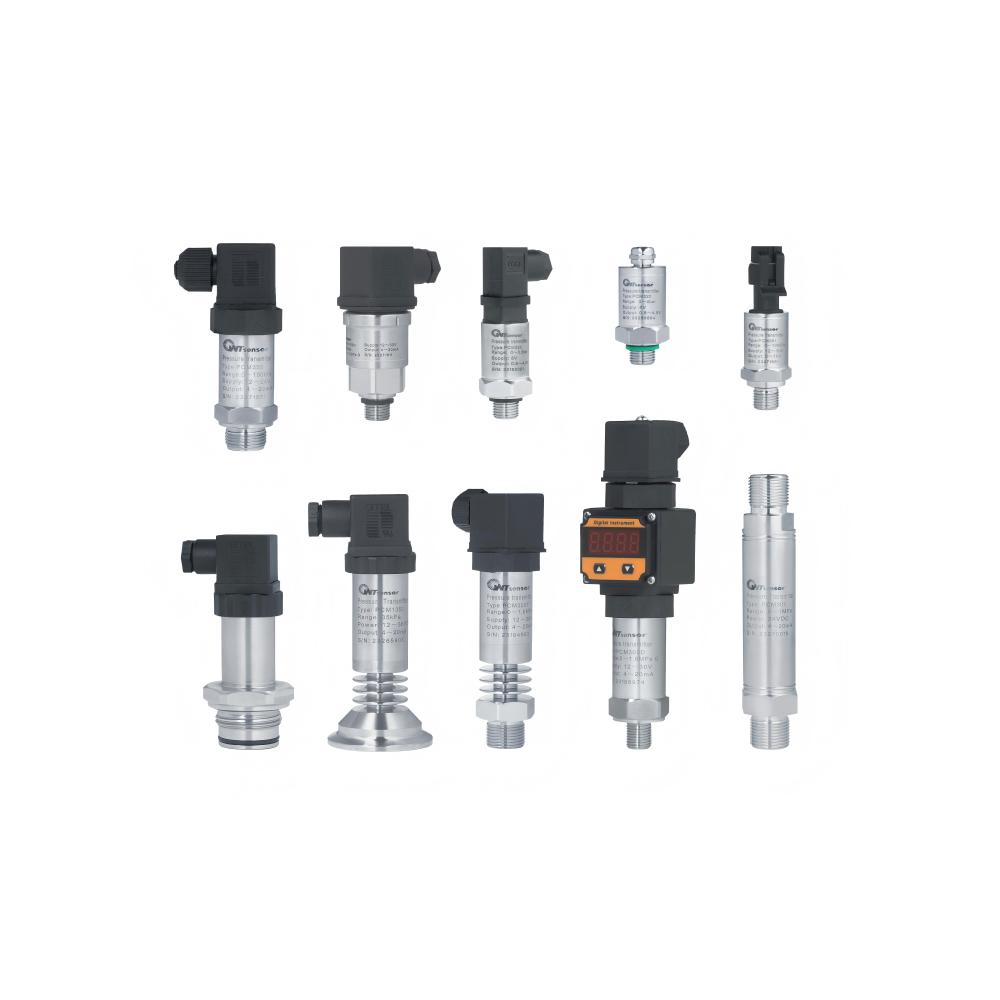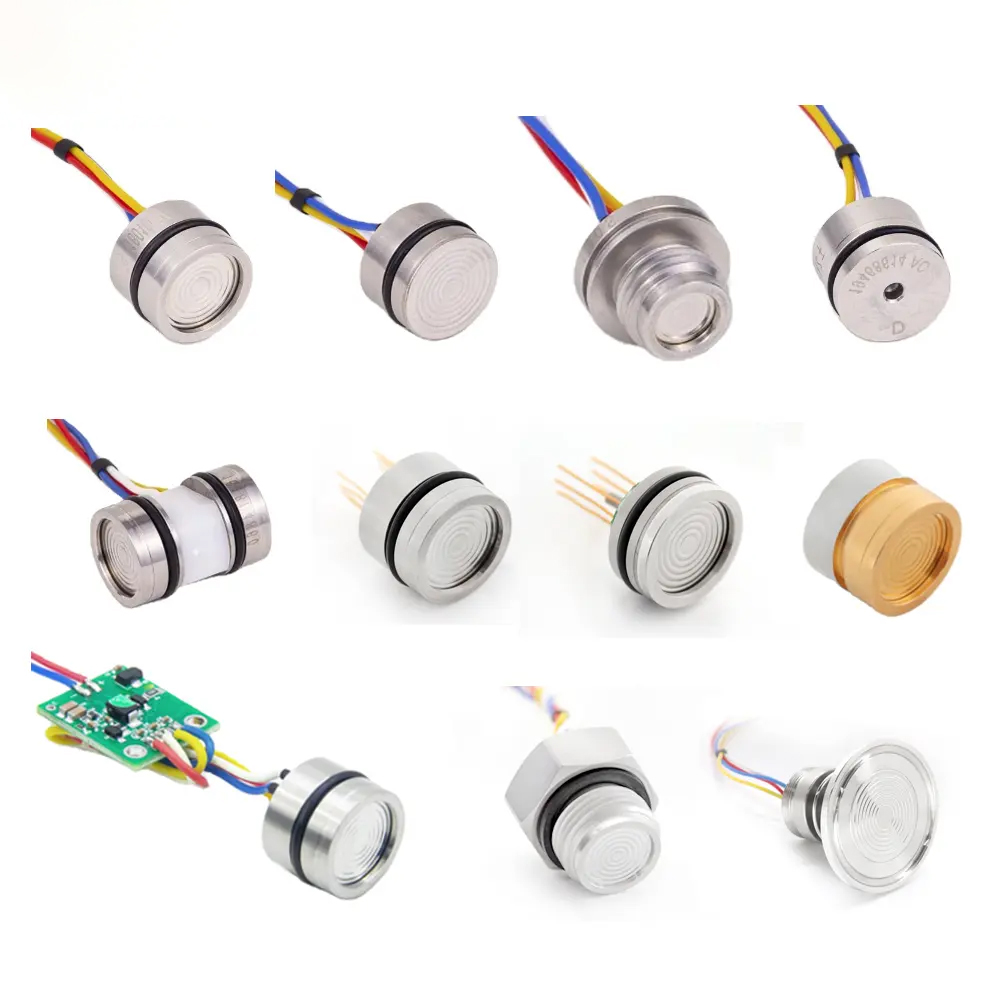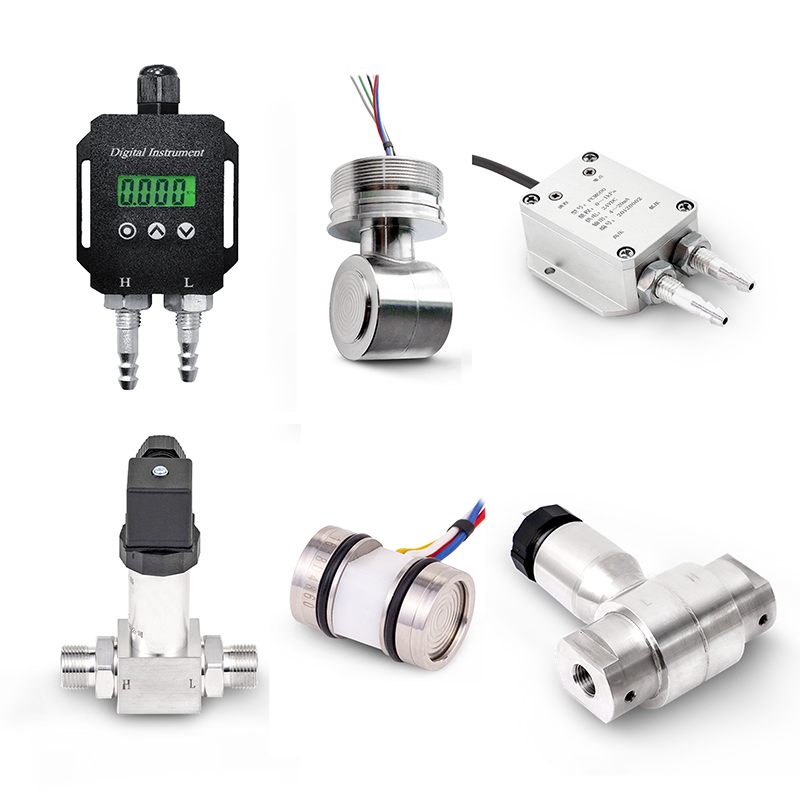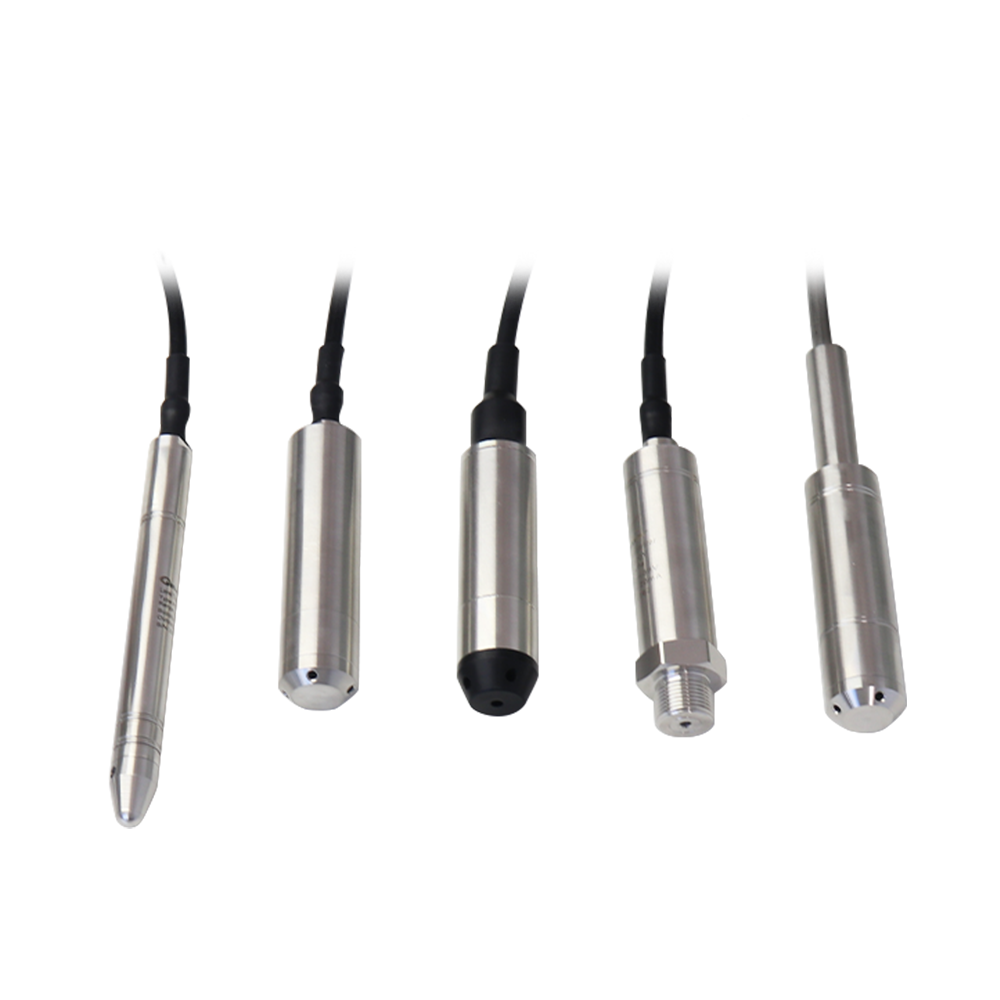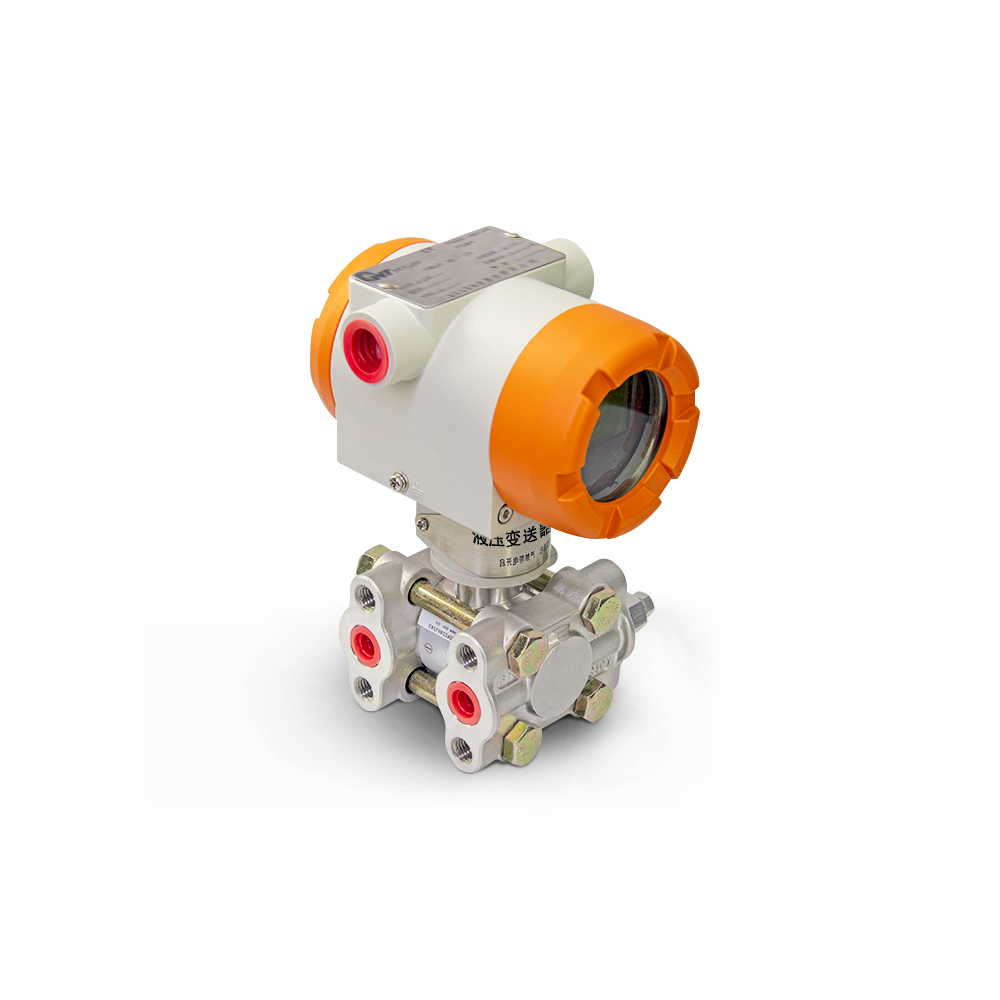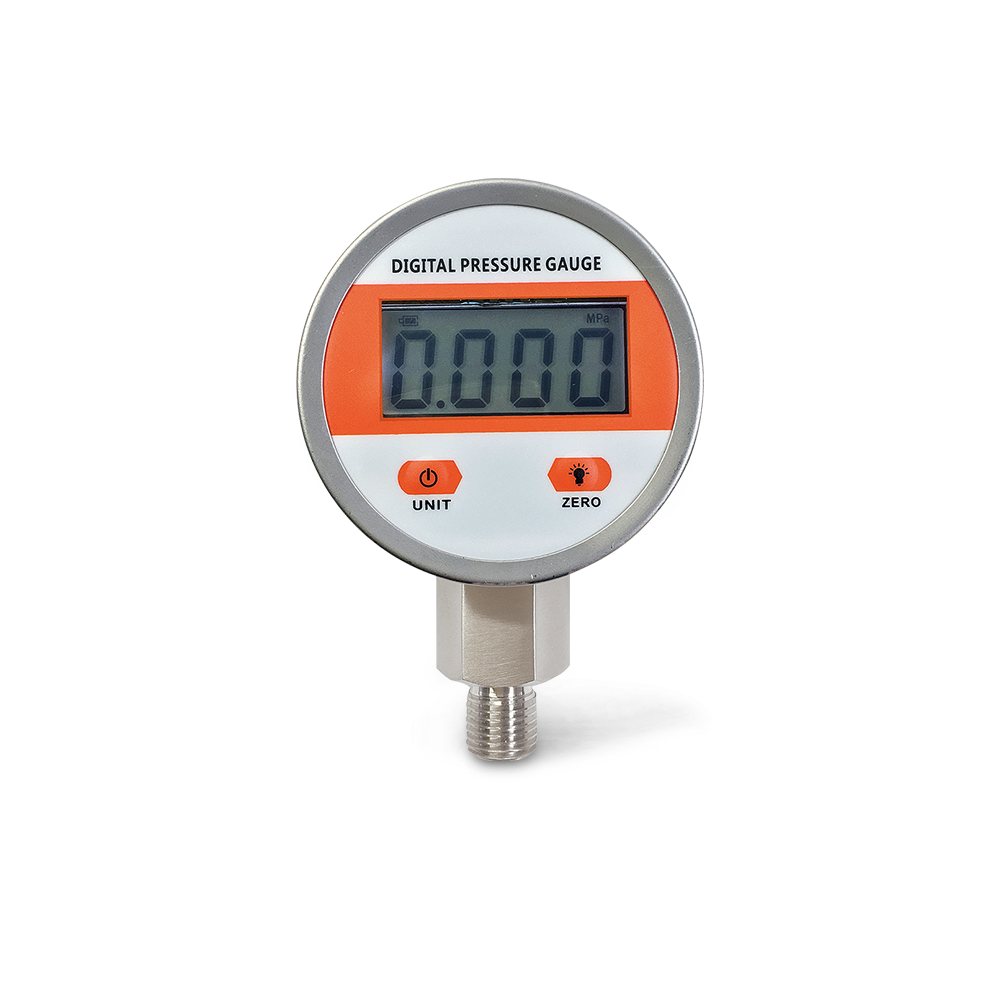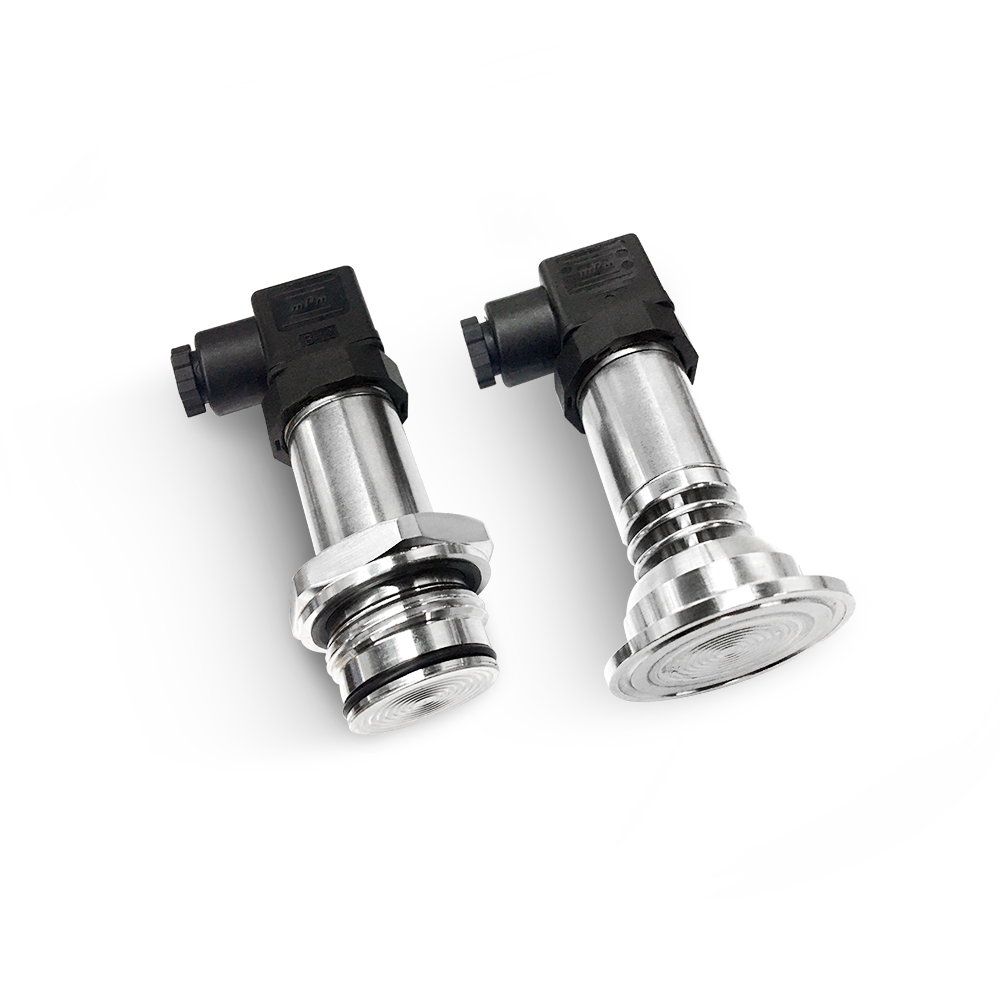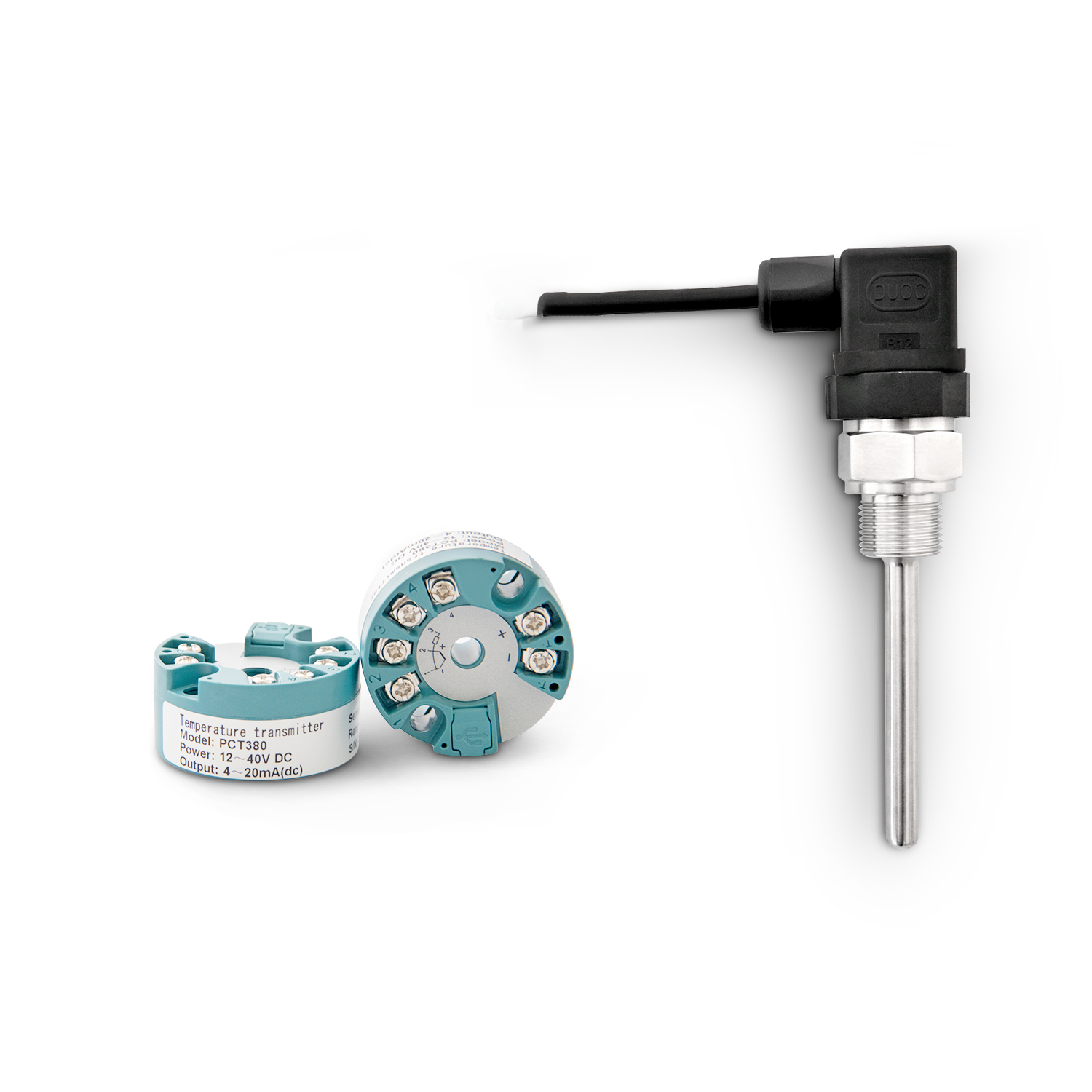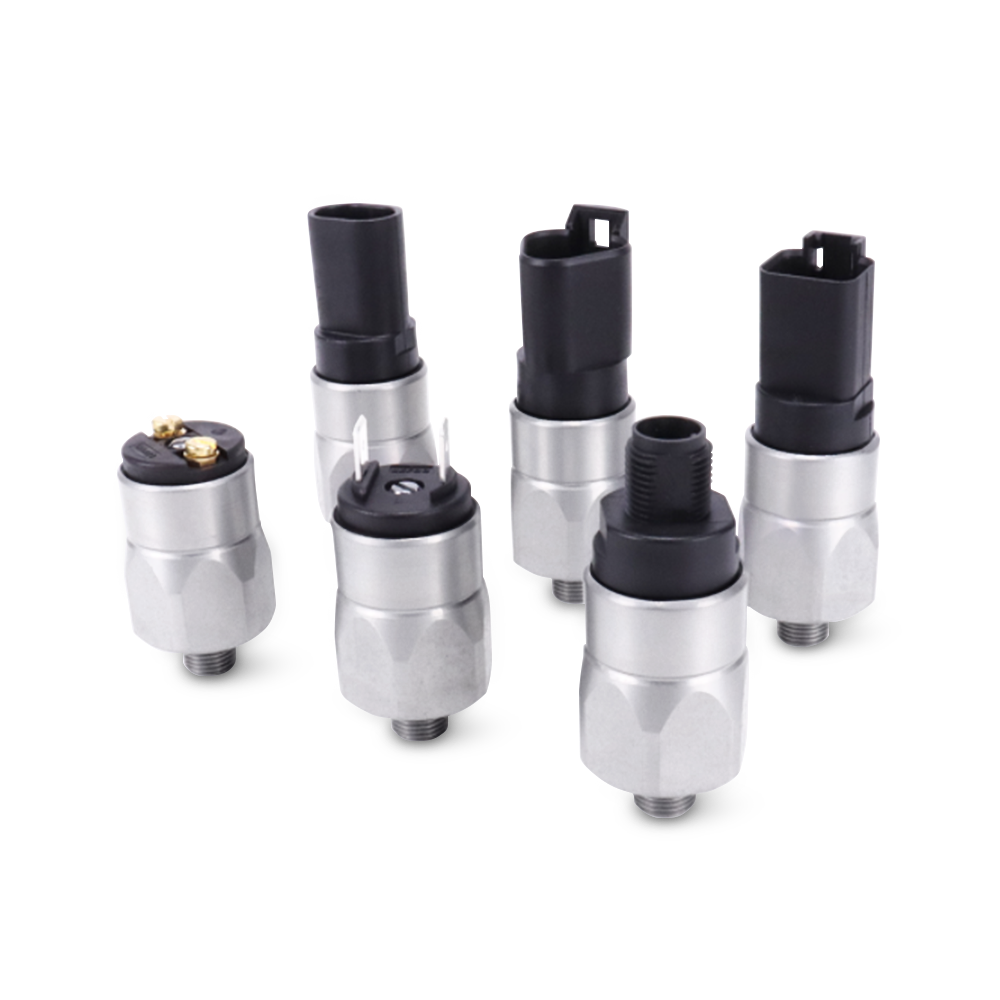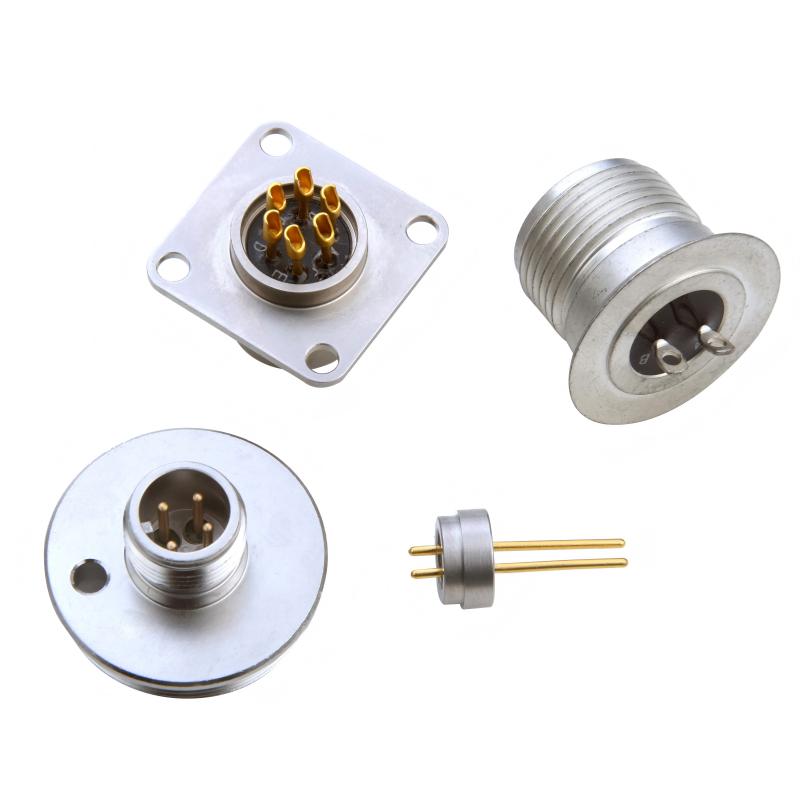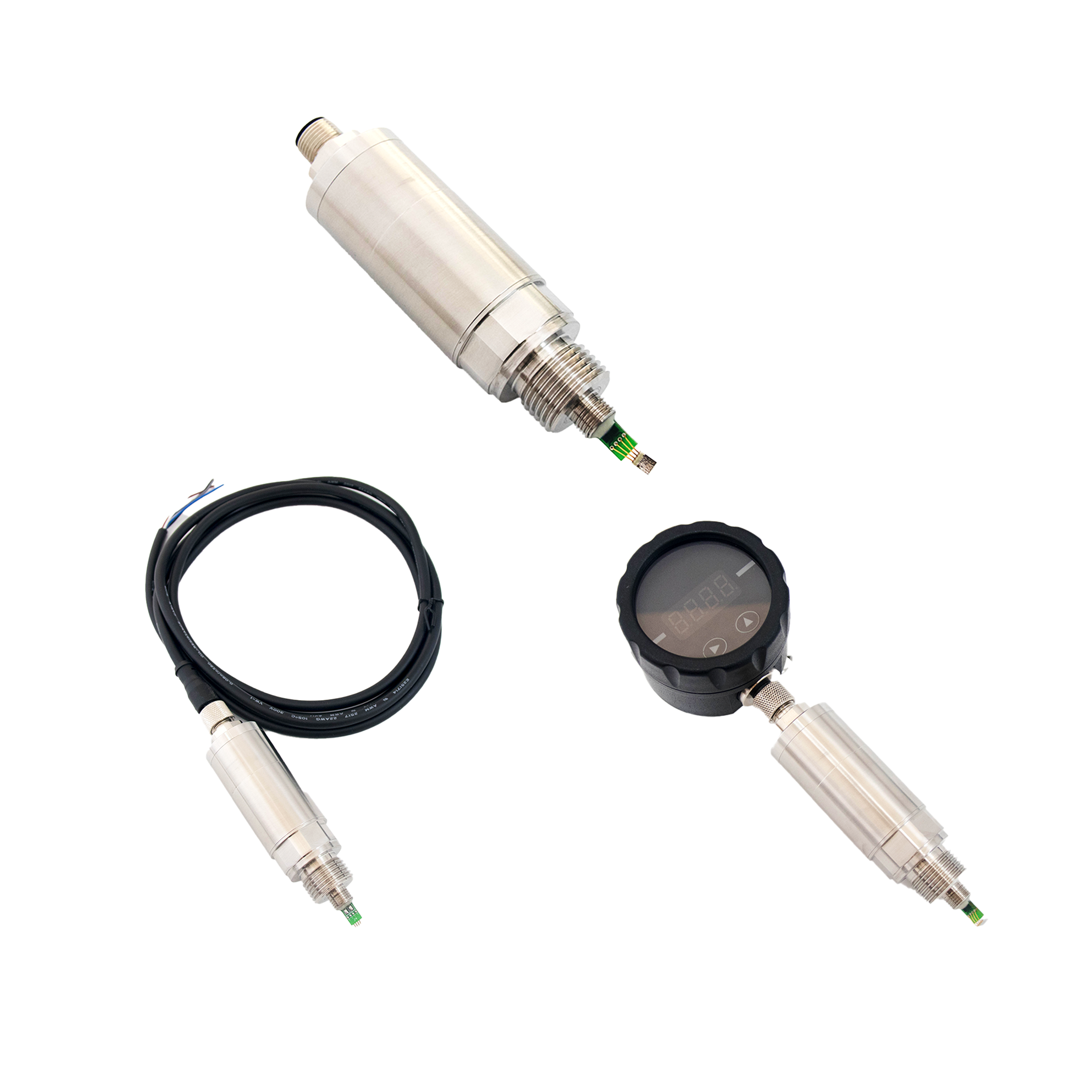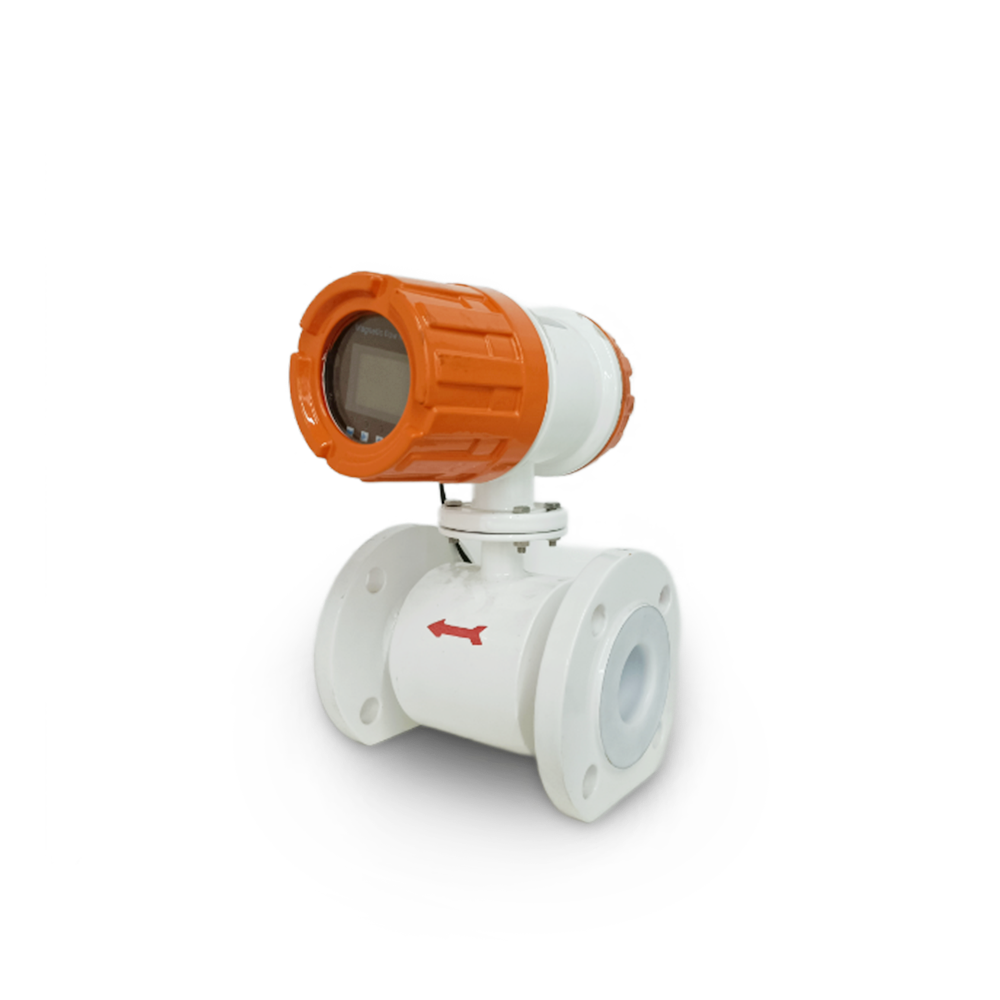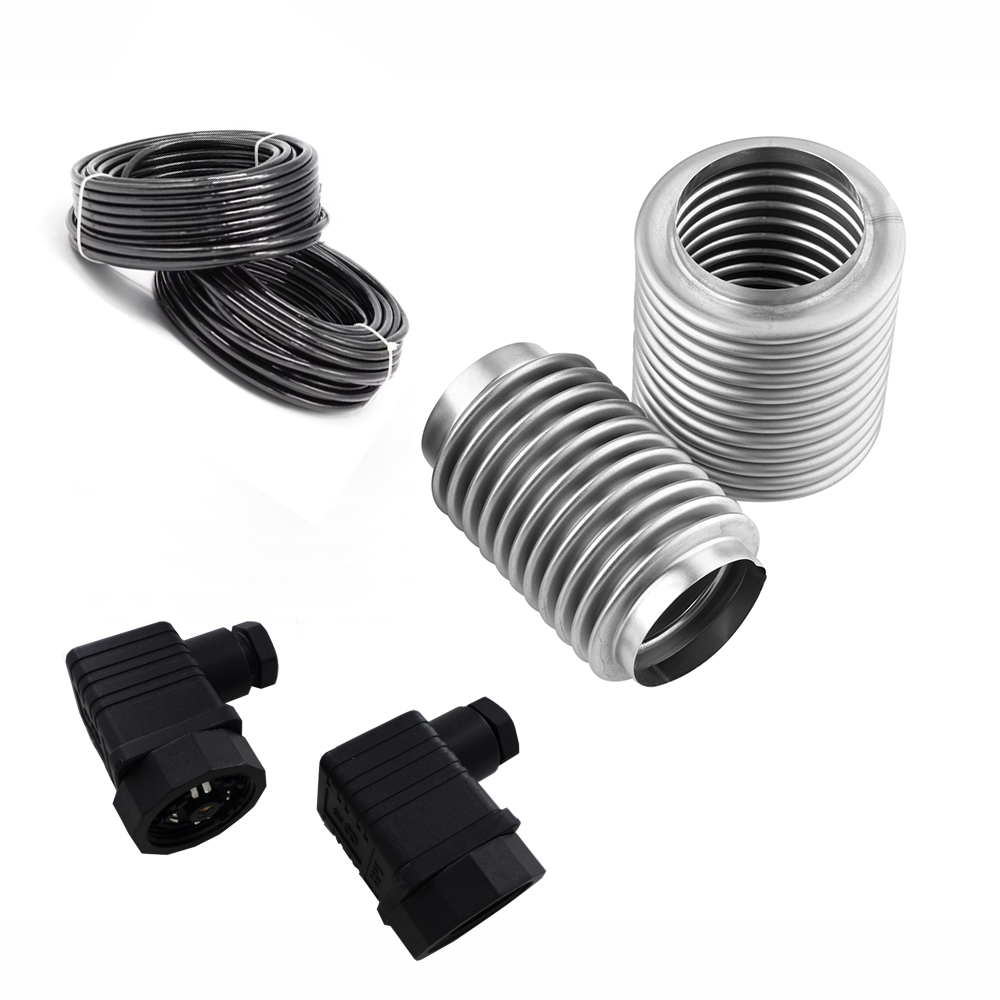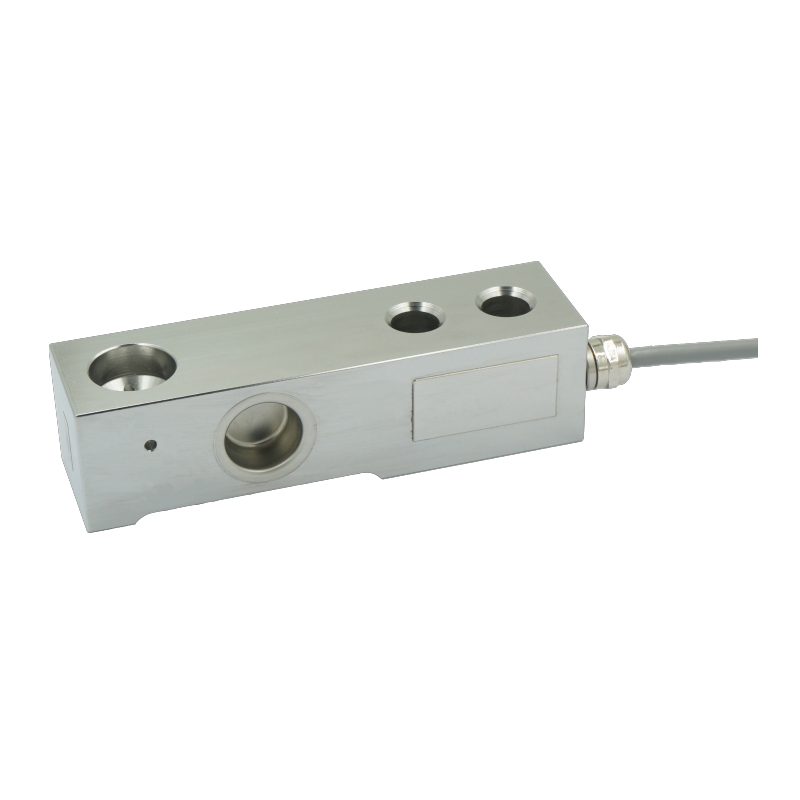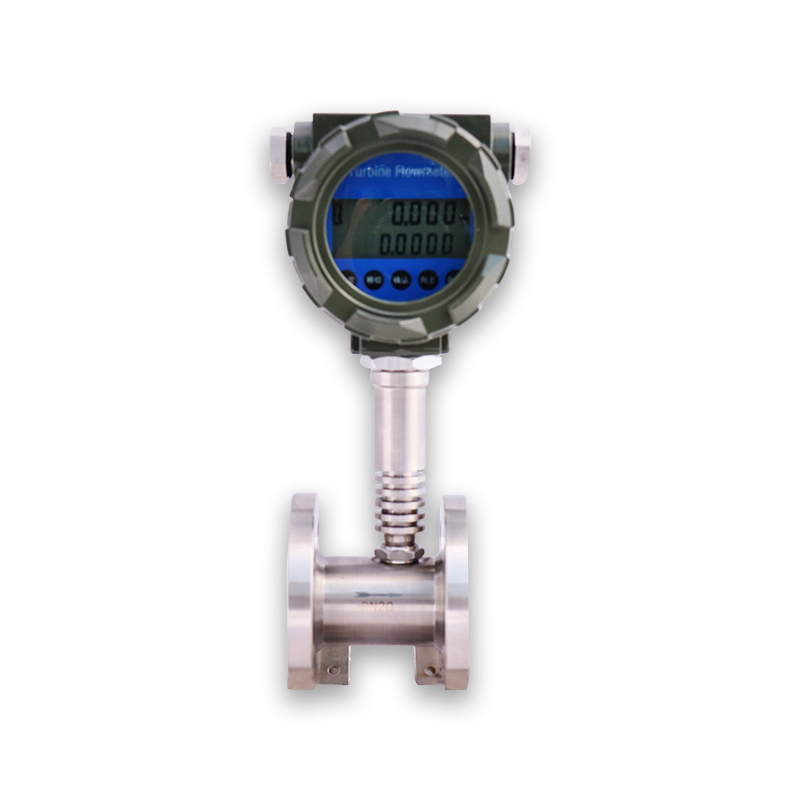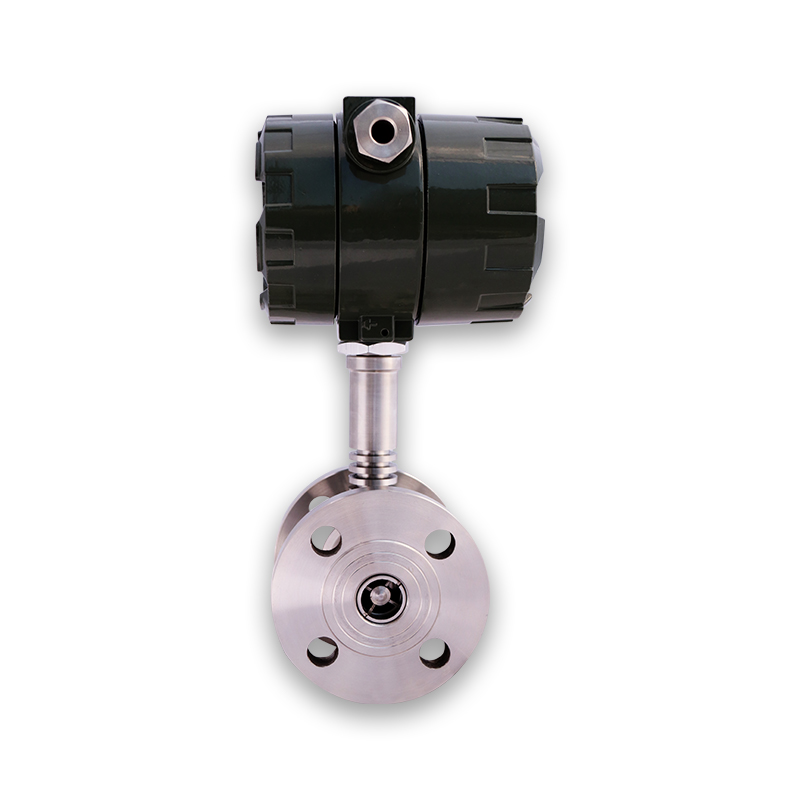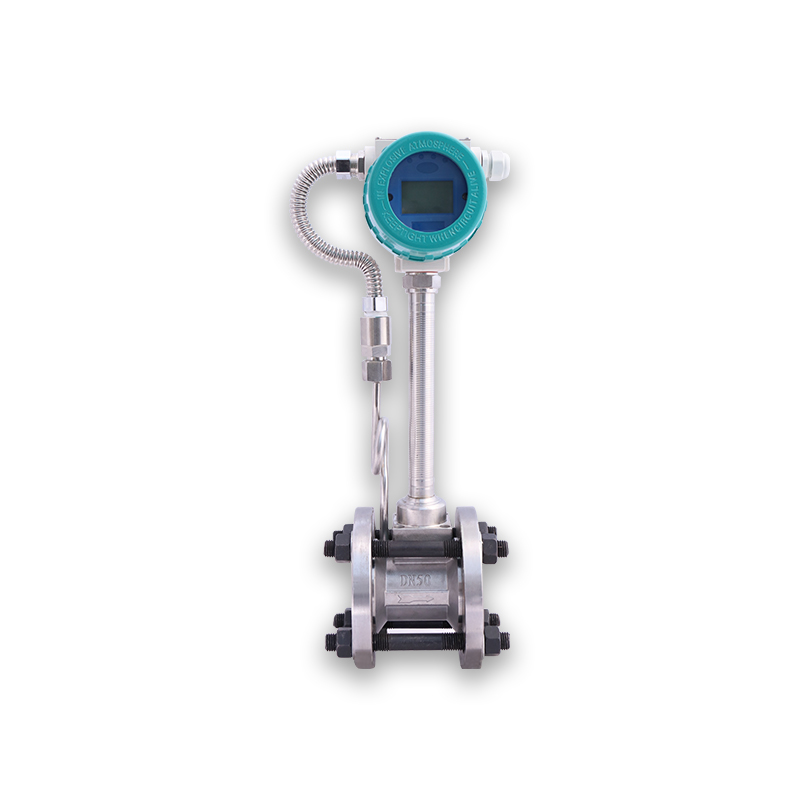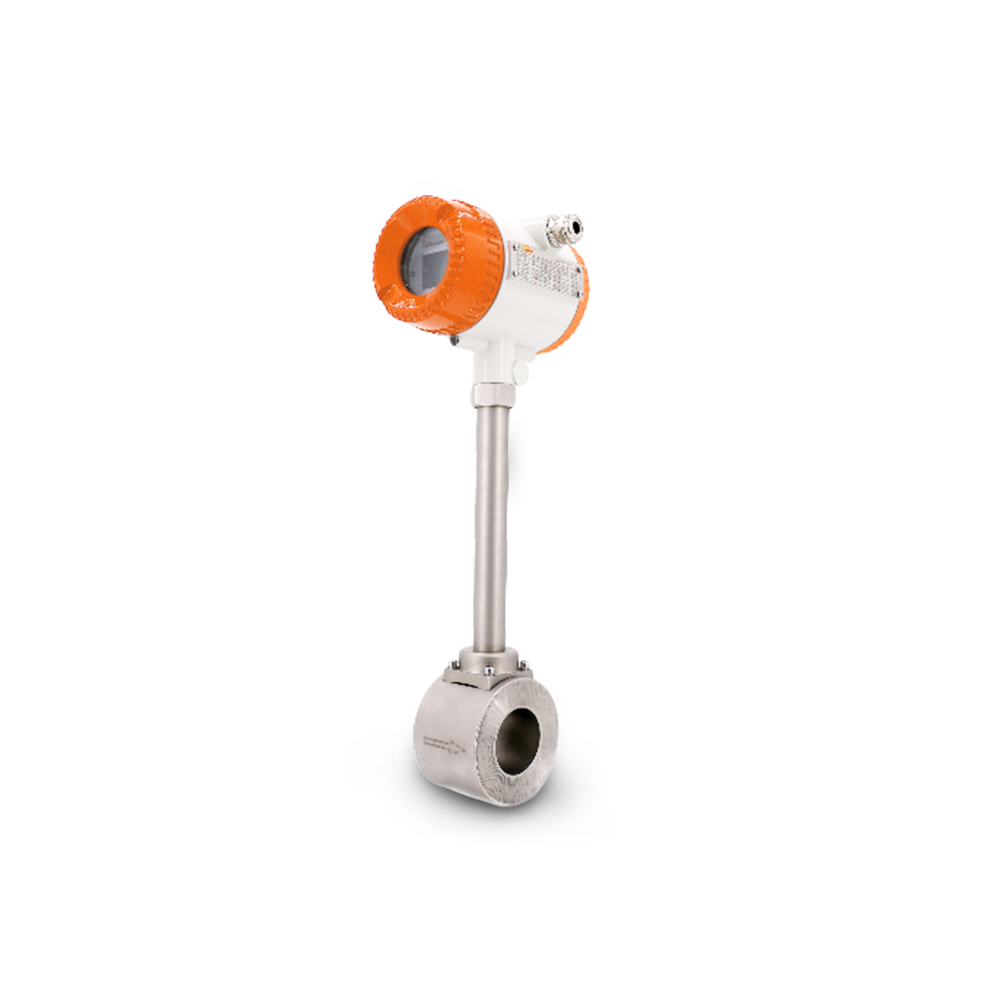Series Turbine Flow Meter PCWL
Introduction
PCWL series turbine flow meter is a new generation kind of flow meter that absorbed the advanced technologies of flow meter at home and abroad, been optimized designed to have so many characteristics, such as simple structure, light weight, high precision, good reiteration, sensitive reaction, easy installation and using. It is widely used in the sealed pipelines which doesn’t have corrosion function on SS 1Cr18Ni9Ti, 2Cr13, corundum Al2O3, and cemented carbide and have no fiber, particle and so on, the liquid with viscosity less than 5*10-6m2/s under working temperature, if the viscosity of the liquid is more than 5*10-6m2/s, then the flow meter can be used after calibration. If it is equipped with other display devices with special functions, it can also do quantity control, excessive alarm and so on. It is really perfect in flow measurement and energy saving.
Features
1. High accuracy, usually reach ±1%R, ±5%R or even reach ±0.2%R for high-precision type;
2. Good repeatability, can reach 0.05%-0.2% in short term, if regular calibration or online calibration can get an extremely high accuracy, so it is preferred in trade;
3. Pulse signal output, suitable for total flow measurement and computer connection, no zero drift, strong anti-jamming capability;
4. High frequency signal (3-4kHz), strong signal resolution;
5. Wide range, middle and big diameter can reach 1:20, and small diameter can reach 1:10;
6. Compact structure, easy installation and maintenance, strong flow capacity.
0.2% accuracy explosion proof turbine flow meter with Pulse frequency output,4~20mA flange turbine flowmeter
PCWL series SS304 SS316 turbine flow meter has characteristics of simple structure, light weight, high precision, good reiteration, sensitive reaction, easy installation and use. It is used in sealed pipelines which do not have corrosion function on SS 1Cr18Ni9Ti, 2Cr13, corundum Al2O3, etc.
Product Parameters
Technical performance
Diameter and connection | 4, 6, 10, 15, 20, 25, 32, 40 Thread connection |
(15, 20, 25, 32, 40) 50, 65, 80, 100, 125, 150, 200 Flange connection | |
Accuracy | ±1%R, ±0.5%R, ±0.2%R (Special order) |
Turndown ratio | 1:10; 1:15; 1:20 |
Material | SS304, SS316 (L) etc. |
Medium temperature | -20~+110℃ |
Environmental conditions | Temperature -10~+55 Relative humidity 5%~90% Atmospheric pressure: 86~106kPa |
Output signal | Sensor: Pulse frequency signal, Low level≤0.8V High level≥8V |
Transmitter: Two wire 4~20mADC Current signal | |
Power supply | Sensor: +12VDC, +24VDC (Optional) |
Transmitter: +24VDC | |
Local display: 3.2V with 3.2V Lithium battery | |
Signal wire | STVPV3×0.3 (Three wire), 2×0.3 (Two wire) |
Transmission distance | ≤1000m |
Signal cable connection | Hirschmann connector, Explosive type: Inner thread M20×1.5 |
Explosive-proof | Basic type: Non-explosive proof Explosive proof: Exd II BT6 |
Protection level | IP65 |
Measurement range and working pressure
Diameter (mm) | Normal flow range (m³ /h) | Extended flow range (m³ /h) | Normal pressure (MPa) | Pressure rating (MPa) (Flange connection) |
DN 4 | 0.04 ~ 0.25 | 0.04 ~ 0.4 | 6.3 | 12, 16, 25 |
DN 6 | 0.1 ~ 0.6 | 0.06 ~ 0.6 | 6.3 | 12, 16, 25 |
DN 10 | 0.2 ~ 1.2 | 0.15 ~ 1.5 | 6.3 | 12, 16, 25 |
DN 15 | 0.6 ~ 6 | 0.4 ~ 8 | 6.3, 2.5 (Flange) | 4.0, 6.3, 12, 16, 25 |
DN 20 | 0.8 ~ 8 | 0.45 ~ 9 | 6.3, 2.5 (Flange) | 4.0, 6.3, 12, 16, 25 |
DN 25 | 1 ~ 10 | 0.5 ~ 10 | 6.3, 2.5 (Flange) | 4.0, 6.3, 12, 16, 25 |
DN 32 | 1.5 ~ 15 | 0.8 ~ 15 | 6.3, 2.5 (Flange) | 4.0, 6.3, 12, 16, 25 |
DN 40 | 2 ~ 20 | 1 ~ 20 | 6.3, 2.5 (Flange) | 4.0, 6.3, 12, 16, 25 |
DN 50 | 4 ~ 40 | 2 ~ 40 | 2.5 | 4.0, 6.3, 12, 16, 25 |
DN 65 | 7 ~ 70 | 4 ~ 70 | 2.5 | 4.0, 6.3, 12, 16, 25 |
DN 80 | 10 ~ 100 | 5 ~ 100 | 2.5 | 4.0, 6.3, 12, 16, 25 |
DN 100 | 20 ~ 200 | 10 ~ 200 | 1.6 | 4.0, 6.3, 12, 16, 25 |
DN 125 | 25 ~ 250 | 13 ~ 250 | 1.6 | 2.5, 4.0, 6.3, 12, 16 |
DN 150 | 30 ~ 300 | 15 ~ 300 | 1.6 | 2.5, 4.0, 6.3, 12, 16 |
DN 200 | 80 ~ 800 | 40 ~ 800 | 1.6 | 2.5, 4.0, 6.3, 12, 16 |
Production process
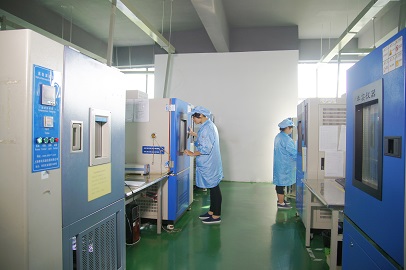

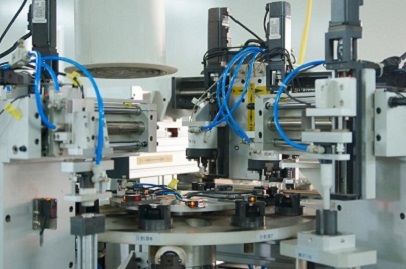
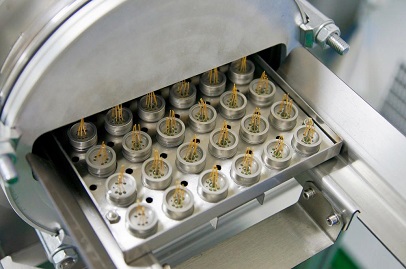
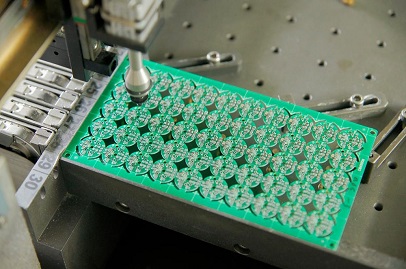
Testing Equipment
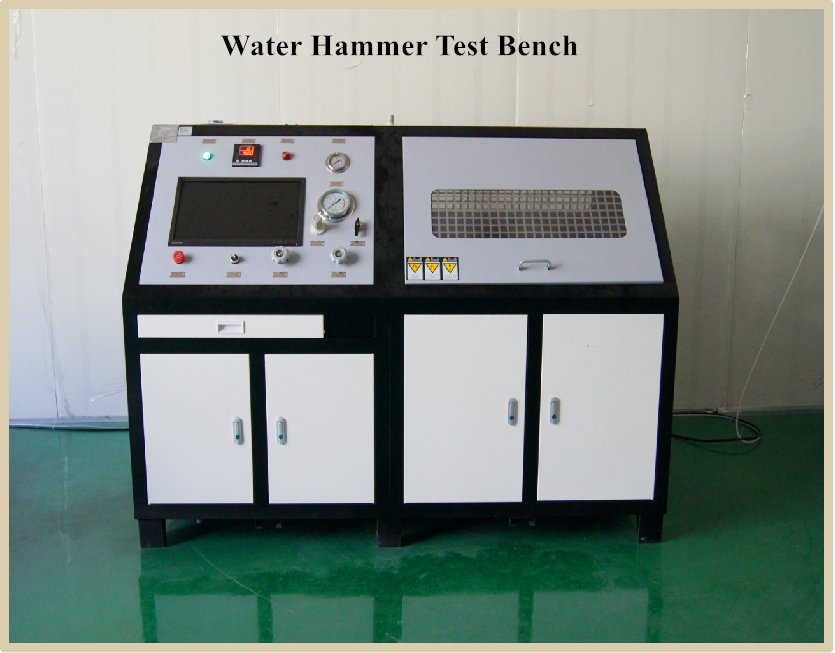
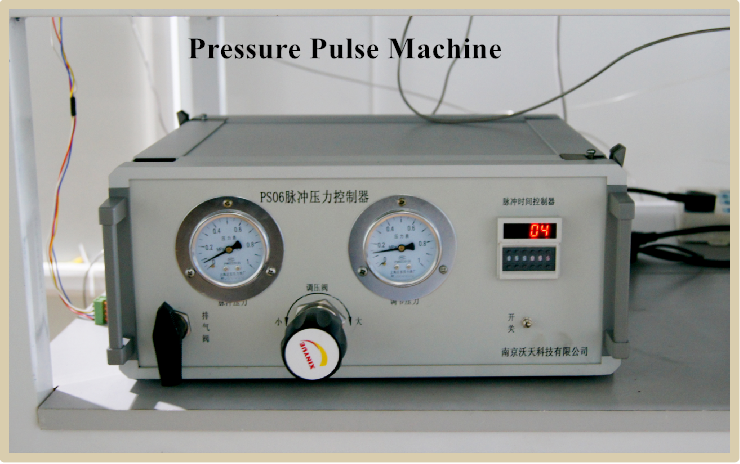
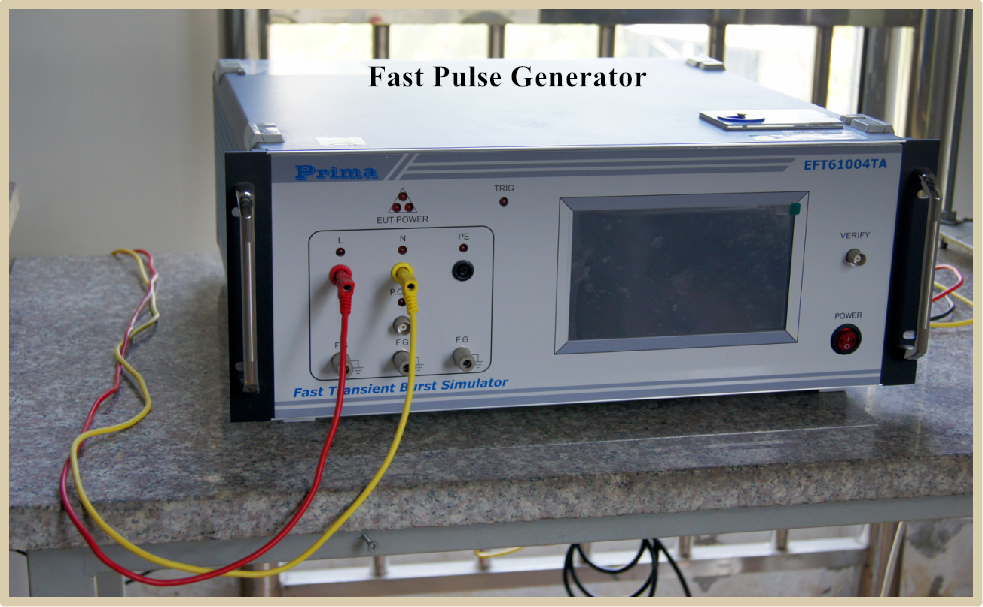
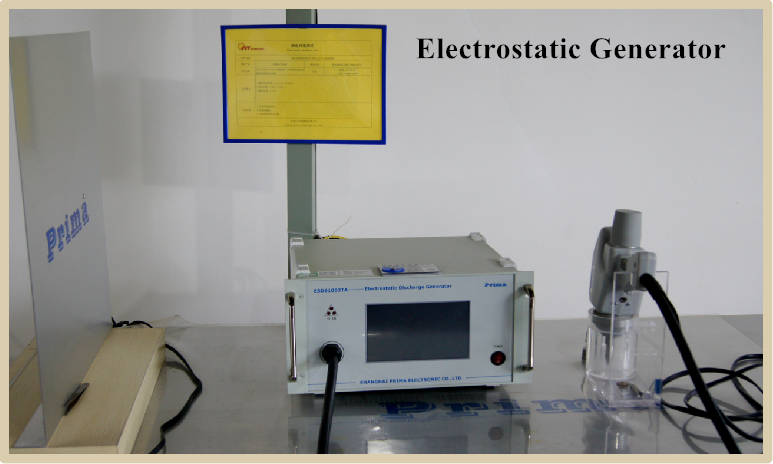
Certificate
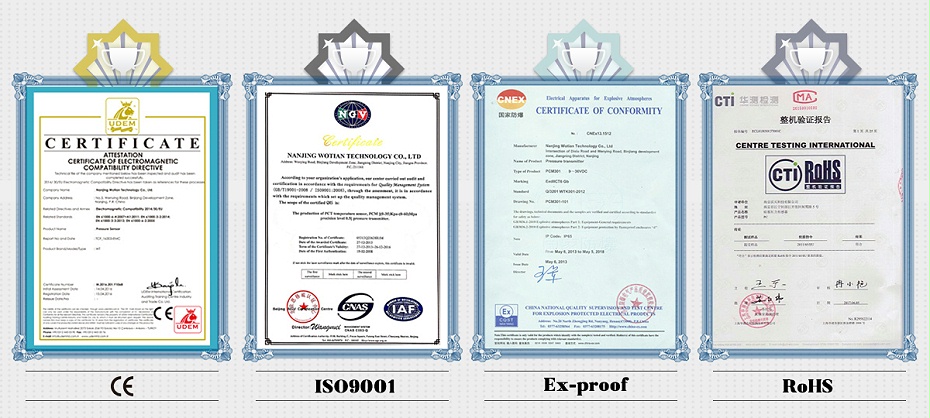
Company profile
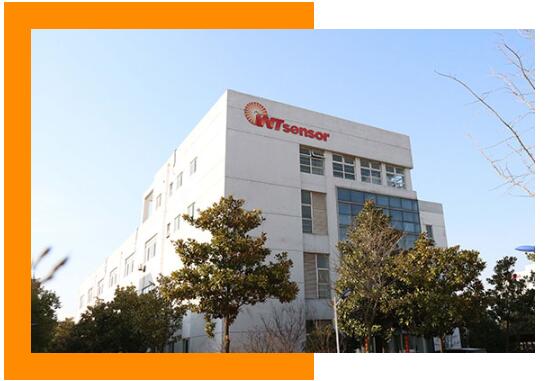
Nanjing Wotian Technology Co., Ltd. was established in 2005. It is an outstanding top sensor manufacturing enterprise in Jiangning District. The company was rated as Nanjing Engineering Technology Research Center and Nanjing. Municipal Engineering Research Center, Nanjing Enterprise Technology Center, Nanjing Postdoctoral Innovation Demonstration Base; is the unit that formulated the national standards for "Silicon Piezoresistive Pressure Sensitive Chips" and "Silicone Pressure Sensors". It is the leading domestic manufacturer of pressure sensors, with core technology of diffused silicon pressure sensor pressure transmitter, level sensor and temperature sensor and existing staff 305. The annual production of pressure sensors is more than 2 million. The products have been exported to more than 70 countries and regions. Nanjing Wotian was awarded the honorary title of "Sensor Application Program Demonstration Enterprise" by the Ministry of Industry and Information Technology in 2019. "Creating value for customers" is the goal that enterprises always pursue. As leading manufacturer in the domestic pressure sensor industry, the company will revitalize China's pressure sensor business as its own responsibility, work diligently, step by step, strive to make pressure sensors better, and provide customers with cost-effective sensors. Nanjing Wotian Technology Co., Ltd. has passed ISO9001-2015 quality management system certification and TS16949 certification for the automotive industry.
Company advantage


Mass production
We have one production center in Nanjing and one production center in Anshan with 20,000㎡plant and 170 units of production equipments. The main annual capacity of sensors is about 2,000,000 pieces.


Imported equipments
We imported 20 sets of pressure controller and 150 units of testing ovens to our production line.


Informatization management
We have the information management system of CRM, PLM, ERP, MES and DINGDING etc.


Comprehensive testing
We have our own lab and testing equipment such as lightning stroke, surging, static electricity, vibration, high-low temperature impact test and helium mass-spectrum leak detection.

